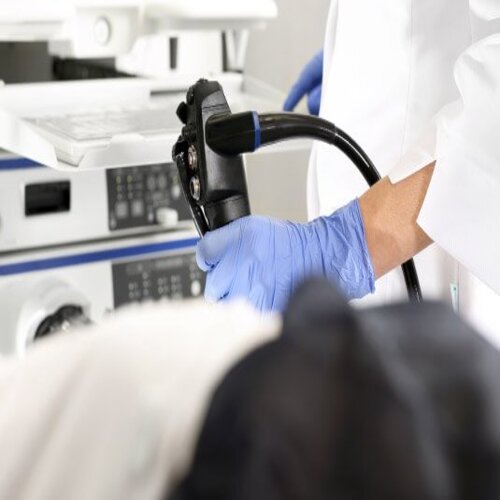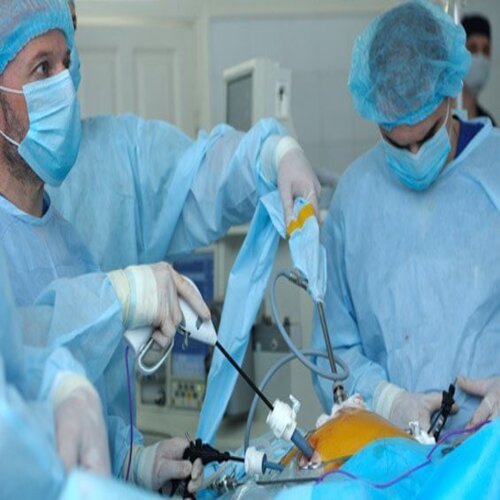Ovarian Cyst Removal
$2.064,00
Types Of Ovarian Cyst Removal Surgery
Laparotomy: It is a surgical procedure in which a large incision is made through the abdominal wall to gain access into the abdominal cavity and remove the cyst. To know the cost of the Laparotomy Surgical Procedure type of Ovarian Cyst Removal Surgery. Click on enquire now.
Laparoscopy: It is a surgical procedure in which small incisions are made in the abdomen or pelvis region with the help of a camera known as a laparoscope to facilitate the removal of the cyst. To know the cost of the Laparoscopy Surgical Procedure type of Ovarian Cyst Removal Surgery.
Factors Affecting The Cost Of Ovarian Cyst Removal
Some of the factors that affect the cost of this surgery are:
- Duration of stay in the hospital
- Diagnostic and imaging tests
- Medical amenities
- Type of surgery
- Doctor’s fee
Product Description
Ovaries are a part of the female reproductive system and are present in the lower abdomen on both sides of the uterus. Females have two ovaries which are responsible for producing eggs, as well as the hormones estrogen and progesterone. A cyst is a fluid-filled sac covered by a thin shell that may develop on one of the ovaries. Most women usually develop at least one cyst during their life but in most cases, it is painless and resolves on its own. Complications arise when this cyst becomes bigger, or may burst inside the ovary which can lead to hindrance of blood supply to the ovaries. The major causes of these are endometriosis, PCOS, etc.
There are various types of ovarian cysts generally classified into functional or pathological cysts. Some of these types are:
Functional cysts: These cysts are directly linked to the menstrual cycle. There are two major subtypes of it:
- Follicle cyst: The ovaries release one egg every month from a sac called the follicle so when the egg is ready, the follicle opens and releases it. If there is no egg release, it is known as a follicle cyst and usually goes away in 1 – 3 months.
- Corpus luteum cyst: After the follicle breaks open, it shrinks and helps ready the next egg to be released but sometimes, the follicle may close again and collect the fluid, thus becoming a cyst that causes bleeding or pain as it grows. It may go away in a few weeks. There are three subtypes of this cyst:
- Dermoid cysts: It contains hair, fats, and other tissues.
- Cystadenomas: These develop in the outer walls of the ovaries.
- Endometriomas: These cysts grow outside the womb and get attached to the ovaries.
Pathological cysts: They are caused by abnormal cell growth and are not related to the menstrual cycle. They may develop before or after the menopause. These are created either by cells that help in the creation of eggs or cells present outside the ovary. Some of these may be cancerous and need to be surgically removed.
To determine the type of cyst and the best treatment strategy, one or more diagnostic assessments are used such as physical examination of the pelvic region, ultrasound, MRI scan, CT Scan, and blood tests.









Reviews
There are no reviews yet.